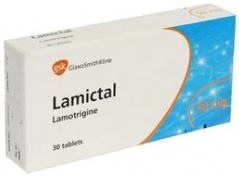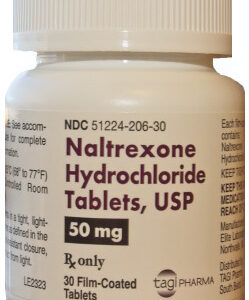Overview of Naltrexone
Naltrexone is an opioid antagonist medication that is prescribed to assist individuals in the management of alcohol dependence and to prevent relapse after opioid detoxification. It works by blocking the euphoric and sedative effects of opioids and the craving for alcohol.
Pharmacological Properties
Naltrexone hydrochloride, the active ingredient, competitively binds to the opioid receptors in the brain, thereby inhibiting the action of endogenous opioids, as well as exogenous opioids derived from medication or illicit drug use. It shows high affinity for the mu-opioid receptor, with a lesser affinity for delta and kappa receptors.
Dosage Forms and Strengths
Naltrexone is available as an oral tablet in 50 mg strength. It is also available in an extended-release injectable form that provides a once-monthly 380 mg dose.
Indications for Use
Naltrexone is indicated for the treatment of alcohol dependence in patients who are able to abstain from alcohol in an outpatient setting prior to the initiation of treatment, and for the blockade of the effects of exogenously administered opioids.
Dosing Recommendations
For alcohol dependence, the usual dose of naltrexone is 50 mg once daily. For opioid dependence, it is recommended to initiate naltrexone in a monitored setting after a 7-10 day opioid-free period, to prevent precipitated withdrawal. Following a negative urine test for opioids, a naloxone challenge test may be conducted to ensure the absence of opioids in the system before starting naltrexone therapy.
Administration Instructions
Naltrexone can be taken with or without food. Tablets should be swallowed whole and not crushed, chewed, or broken. The injectable form must be administered via intramuscular injection by a healthcare professional.
Drug Interactions
Coadministration of naltrexone with other opioid medications, including certain cough and cold medications, pain medications, and diarrhea treatments, can lead to reduced efficacy of these medications or potential withdrawal symptoms. Caution is advised when administering naltrexone with hepatotoxic medications, as it can exacerbate liver enzyme elevations.
Contraindications
Patient hypersensitivity to naltrexone or any of its excipients is a contraindication. Additionally, naltrexone should not be used in individuals who are currently using or dependent on opioids, including those who are in acute opioid withdrawal, or in patients who have tested positive for opioids in the previous 7-10 days.
Use in Special Populations
Naltrexone should be used with caution in patients with hepatic impairment, as it is extensively metabolized in the liver and may cause hepatocellular injury. Use in patients with renal impairment does not typically require dosage adjustment, but caution is advised. Safety and efficacy in pediatric patients have not been established.
Adverse Drug Reactions
The most common adverse reactions associated with naltrexone administration include nausea, headache, dizziness, fatigue, insomnia, and anxiety. Less commonly, patients might experience abdominal pain, vomiting, joint and muscle pain, or increased blood pressure.
Overdose Management
In case of overdose, standard supportive measures should be instituted, with a focus on securing airway, breathing, and circulation. Due to the drug’s high affinity for opioid receptors, large doses of opioids may not be effective in reversing naltrexone’s effects. Treatment should be symptomatic and supportive.
Monitoring Parameters
Patients undergoing treatment with naltrexone should be monitored regularly for continued abstinence from alcohol or opioids. Liver function tests should be performed regularly to monitor for potential hepatotoxicity. Additionally, monitoring for the emergence of depressive symptoms or suicidality is recommended.
Patient Counseling Information
Patients should be counseled on the importance of taking naltrexone as prescribed and the potential for opioid overdose if they attempt to overcome the blockade by using large amounts of opioids. They should also be informed about the necessity of carrying an identification card stating that they are taking naltrexone.
Storage and Handling
Naltrexone tablets should be stored at room temperature, away from moisture and heat. The injectable form should be stored in the refrigerator; avoid freezing. All forms should be kept out of the reach of children and disposed of properly when no longer needed.







Reviews
There are no reviews yet.